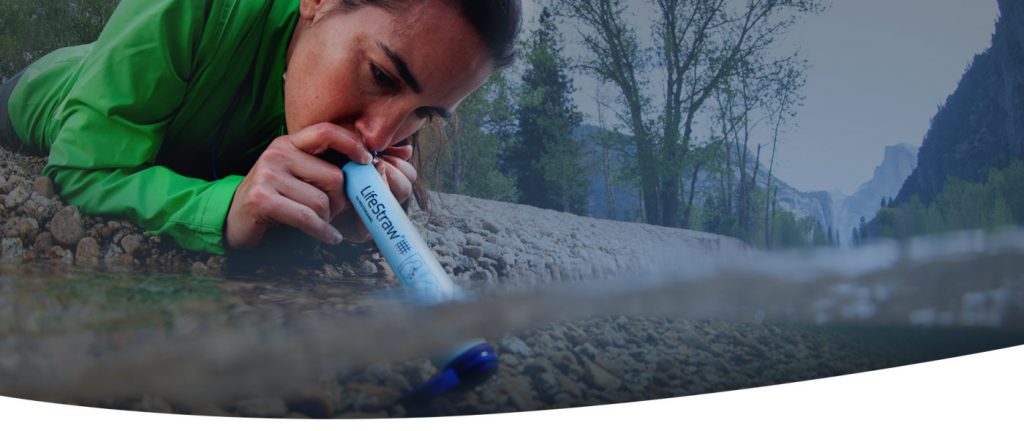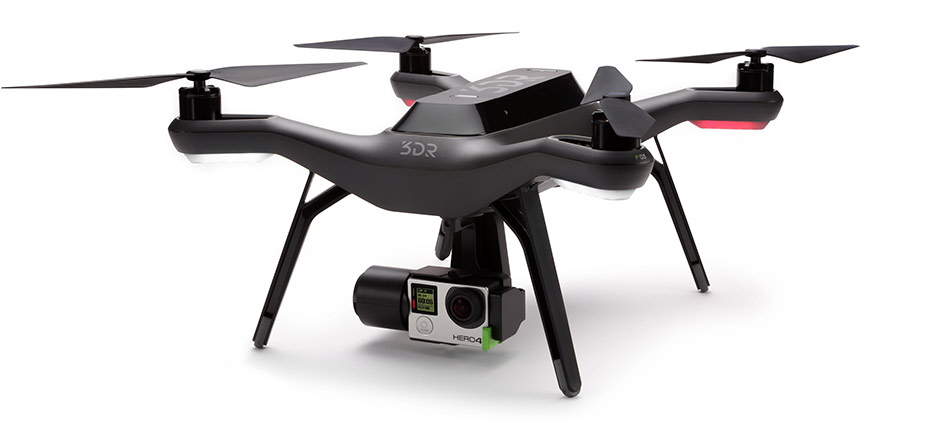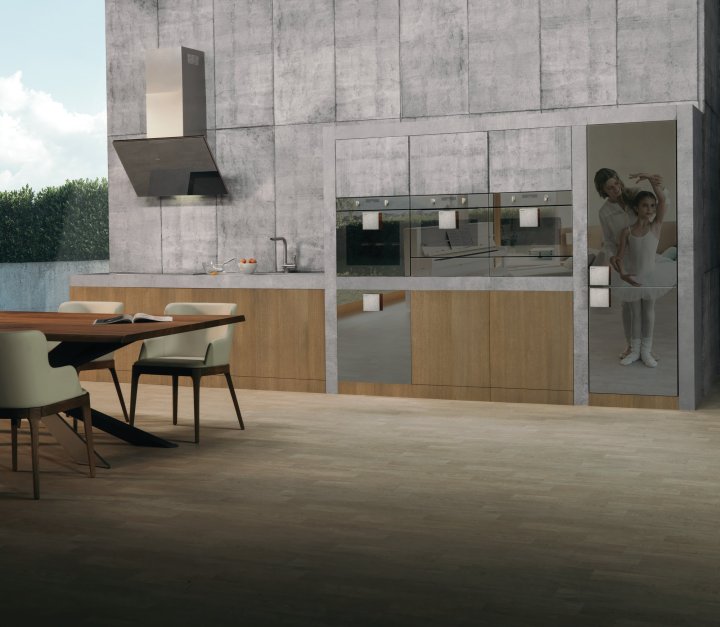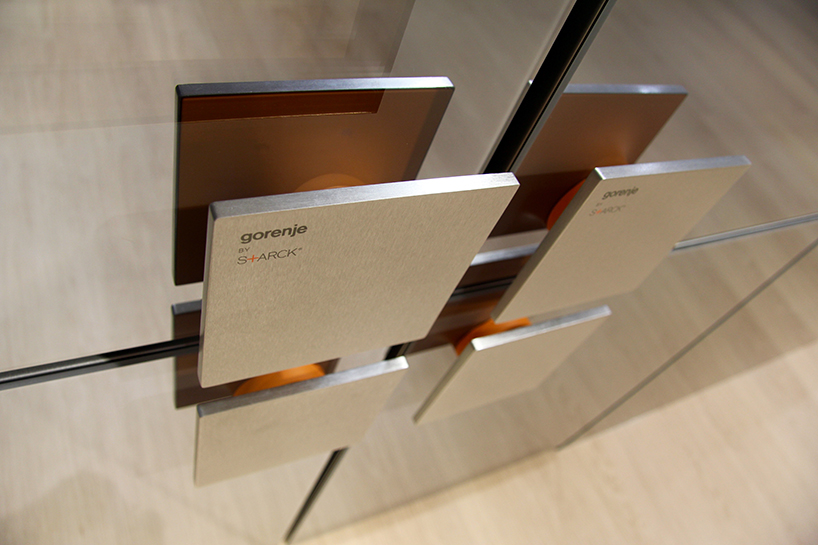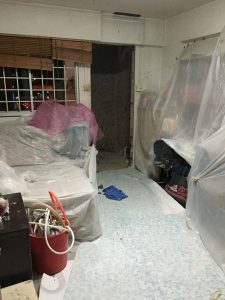Garden | City
by NIK, MARTIN and HENGTONG
(FINAL PROJECT)
overview
‘Garden | City’ is a screen-based installation that draws human interaction. Based on a disjoint in Singapore residents with Nature.
In a bid to industrialise Singapore, more than 95 per cent of land has been cleared for architectures. What results is the destruction of natural habitats, in flora and fauna, of animals in Singapore leading to extinctions as well as potentially critically-harming the populations. Other reasons like war as well as eliminating the threats of potential predators to Singaporeans (like the tiger) also contribute to extinctions of animals in Singapore.
Conservation techniques have already began since 1963, with the movement of turning Singapore into a ‘Garden City’. This movement further developed to ‘City in a Garden’ in its 50 year commemoration, in 2013, with planting of more trees in Singapore, as well as allocating more conservation parks.
However more often than not, we have a lack of information about critically-endangered animals in Singapore, and animal-conservation techniques and actions are not widely spread. Therefore in installing such temporary screen-based installation, we hope to raise awareness to Singaporeans about the matter of critically-endangered animals in Singapore, as well as be notified of such conservation techniques available and how to participate.
FINAL CONCEPT

‘Garden | City’ takes people to another realm through a temporary screen-based installation, placed at the site of the ‘Supertree Grove’ at Gardens by the bay, through the usage of 2 different types of touch features using existing technology.
Firstly, featuring the use of the nostalgic action of shadow gestures, people are able to dictate the narrative of the life animal characters and trees on the screen through the use of different hand gestures for different animals and trees, which are captured recorded into the screens as people watches their animal gestures come to life as a narrative.
Also, the narrative screen lies a touch-feature where touching on the trees will transform them into architectures of man-made establishments. As the screen fills with such structures, the narrative shifts as too much structures will warrant the vanish of animals as their ‘natural habitats’ are destroyed. The key is to allow people to maintain the balance of animals to live harmoniously within the realm of ‘Garden | City’.
The key of ‘Garden | City’ is the use of human touch to dictate the narratives. For it is Us that resulted in the imbalance of nature. And again, it is up to Us to shift back the balance of nature.
Screen-based installation is designed for people of all ages. Screen features the interactive narrative screen flanked by an information board and a capture screen on each side.
Gestures

We incorporated the use of hand gestures to dictate the narrative of the animal and trees.
As the users are able to create animals and trees into the narrative screen, they also have the power to eliminate the animals as they ‘creates architectures’ when touching the trees.
The use of hand gestures show a poetic notion that nature conservation is within our hands, our power.
Educating the people
 We incorporated the use of narrative to allow people to dictate. Once there is an imbalance, the scene closes with a permutation of text that shows the end of an era.
We incorporated the use of narrative to allow people to dictate. Once there is an imbalance, the scene closes with a permutation of text that shows the end of an era.


In addition, an information board raises awareness to the people of the facts of critically endangered species in Singapore, and how they are able to help with nature conservation.
TECHNOLOGY

 We incorporated the use of 2 technologies. Leap Motion, and Touch features, for the Capture screen and Narrative Screen respectively.
We incorporated the use of 2 technologies. Leap Motion, and Touch features, for the Capture screen and Narrative Screen respectively.
The use of leap motion enable us to track the gestures of the hand into the screen, while the use of touch receptive allow response of the user’s touch on the narrative screen.
PLACEMENT
The placement of the temporary installation is in Gardens by the Bay, the Supertree Grove.
In placing at Gardens by the Bay, we feel that the space is compatible to our installation as it fits the nature view, and the sustainability philosophy of the ground is in tune with our project.
During our site visit, we feel that the placement at Supertree Grove is the most coherent as it is a place where people congregate, thus will be able to look into our installation as they rest within the area.
Possible collaboration
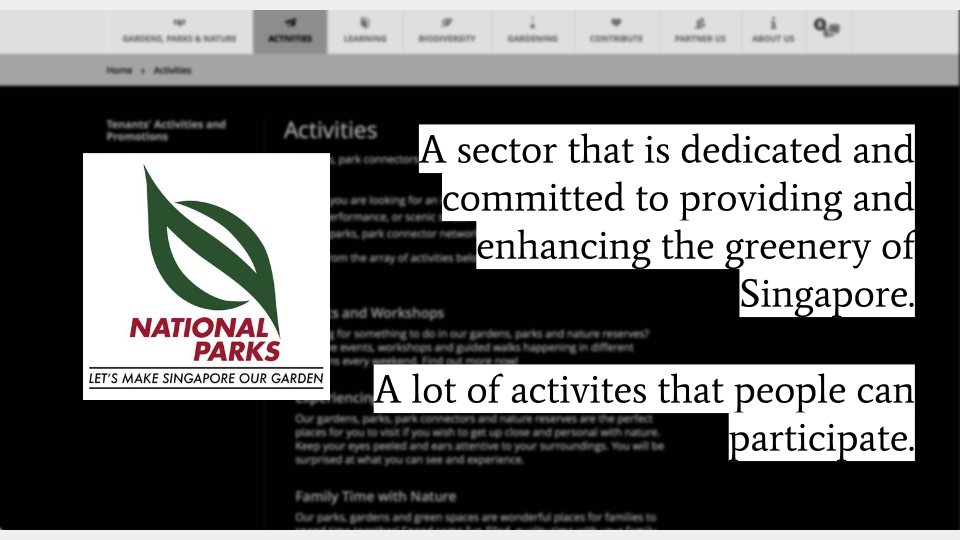
Our purpose of the installation is to create awareness to the public regarding the existing nature conservation movements that are already available. We feel that our installation can create more exposure to the public to these movements, that the NParks have organised.

Also, as the i Light Singapore movement warrants similar use of sustainability as their philosophy, and the placement to be within Marina Bay, we feel that perhaps it would be coherent to collaborate with them during the temporary showcase.
final deliverables
feedbacks
- Incorporating Conservation Movements into the Ending of the Narratives
- Bridging the idea of Balance / Imbalance to be more clear
- More Endings
- An introduction Video for users to understand how to use the installation
- Ambience state during the idle period where nobody experiences the installation can bring forth more Conservation movements
- Narrative may be better with a time-frame
Final thoughts
We hope that through the interactive temporary installation of ‘Garden | City’, within the fun of using the installation, Singapore residents will be more equipped with the required knowledges of nature conservation, and the animal species that are close to extinction, and be more apprehensive to nature conservation movements.
Our progress regarding the project was hindered by a lot of obstacles. One of which is a lack of information regarding the issue of nature conservation. Seemingly, there is a lack of empathy regarding wild animals in Singapore, that their co-existence with the Singapore residents is not important. Only the people involved in nature conservation industry are empathetic to the issue. Therefore there was much difficulty collating researches regarding the aspect.
The other obstacle was the raw footage that we needed to obtain for the final video cut. As we were incorporating animal movements, we needed raw footages of these animals working in green screen as we were not able to film these wild animals in an enclosed area. Therefore a lot of the animals and nature had to be compromised. Nik who edited the video also had to pick up a new software in After Effects.
All in all, we are really pleased with the outcome. We feel that the final outcome correlates with our agenda. In the whole process, the 3 of us complemented each other very well and we did our jobs to the best of our own abilities.
That’s all folks!









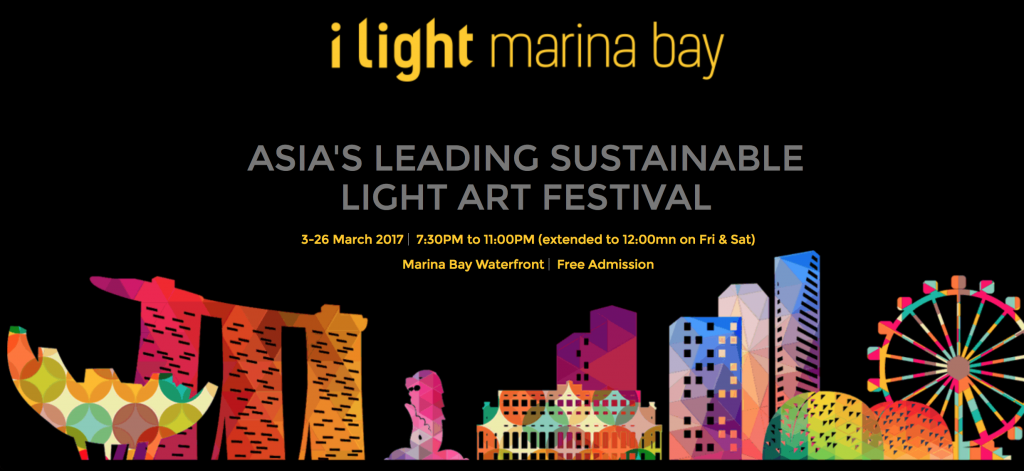
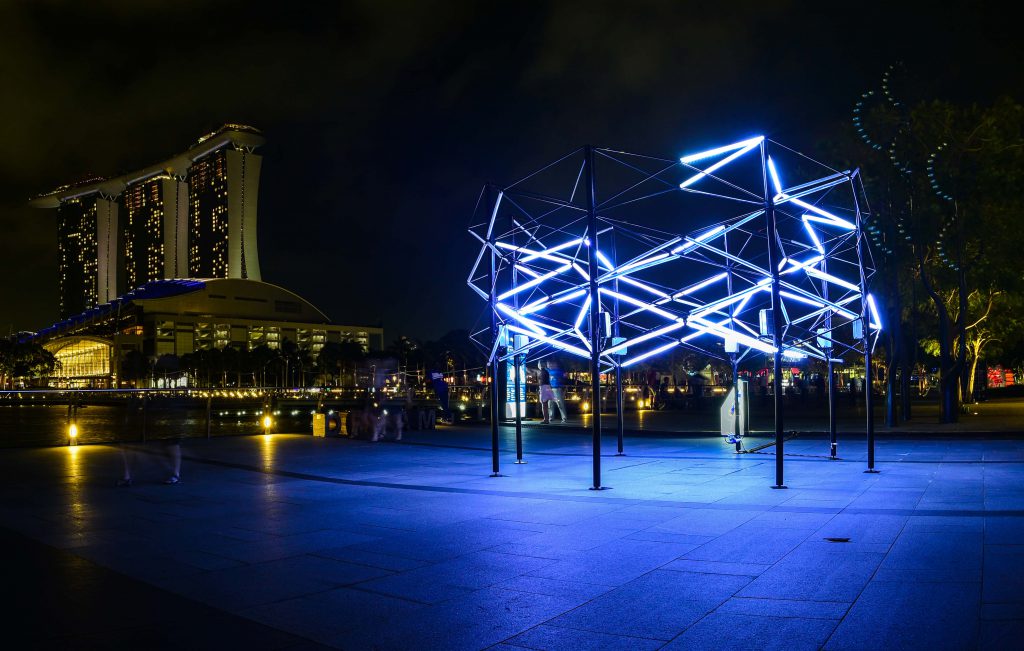






















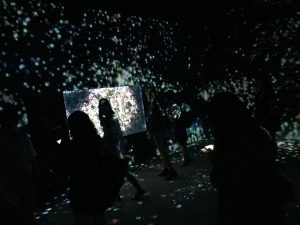

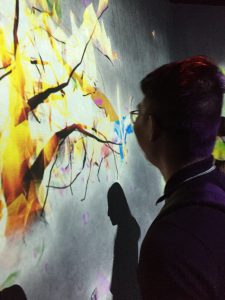
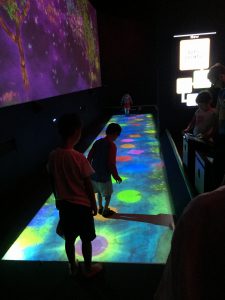
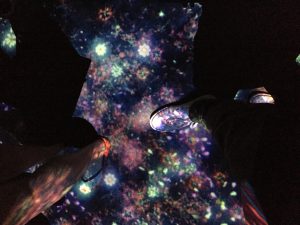
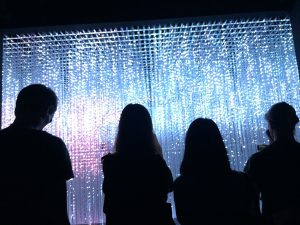
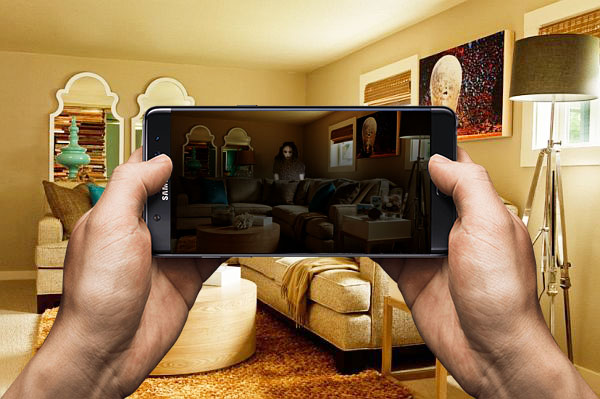 In light of the upcoming Halloween theme, a screen based game application that captures your surrounding and changes it to a horror game where you need to find the ghost.
In light of the upcoming Halloween theme, a screen based game application that captures your surrounding and changes it to a horror game where you need to find the ghost.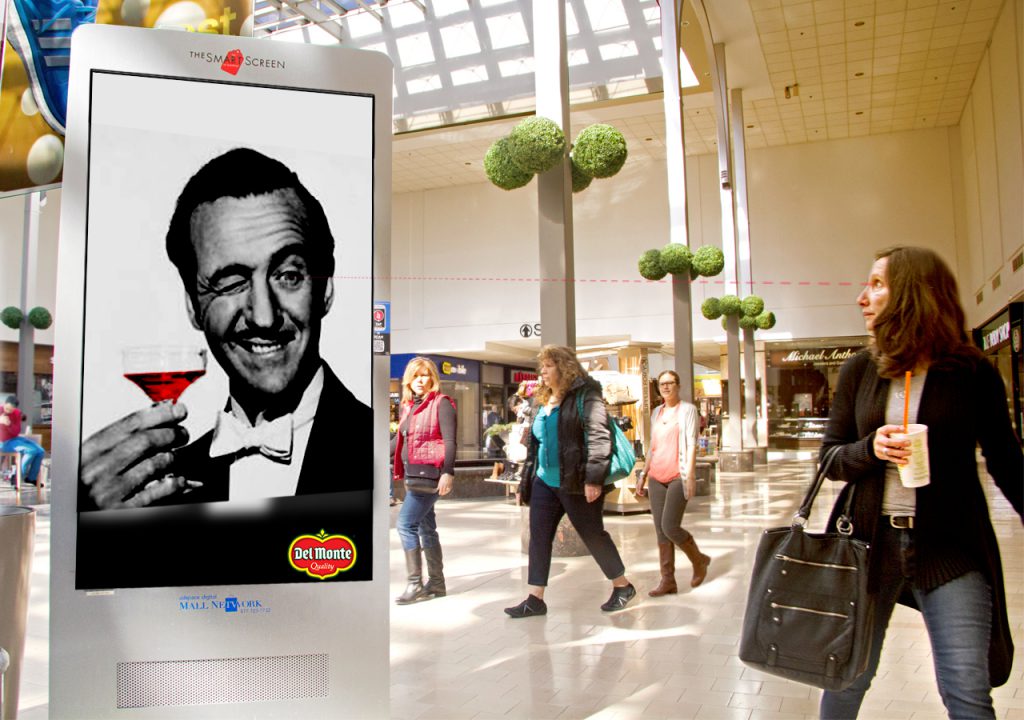 A screen based advertisement board that reacts to passers-by.
A screen based advertisement board that reacts to passers-by.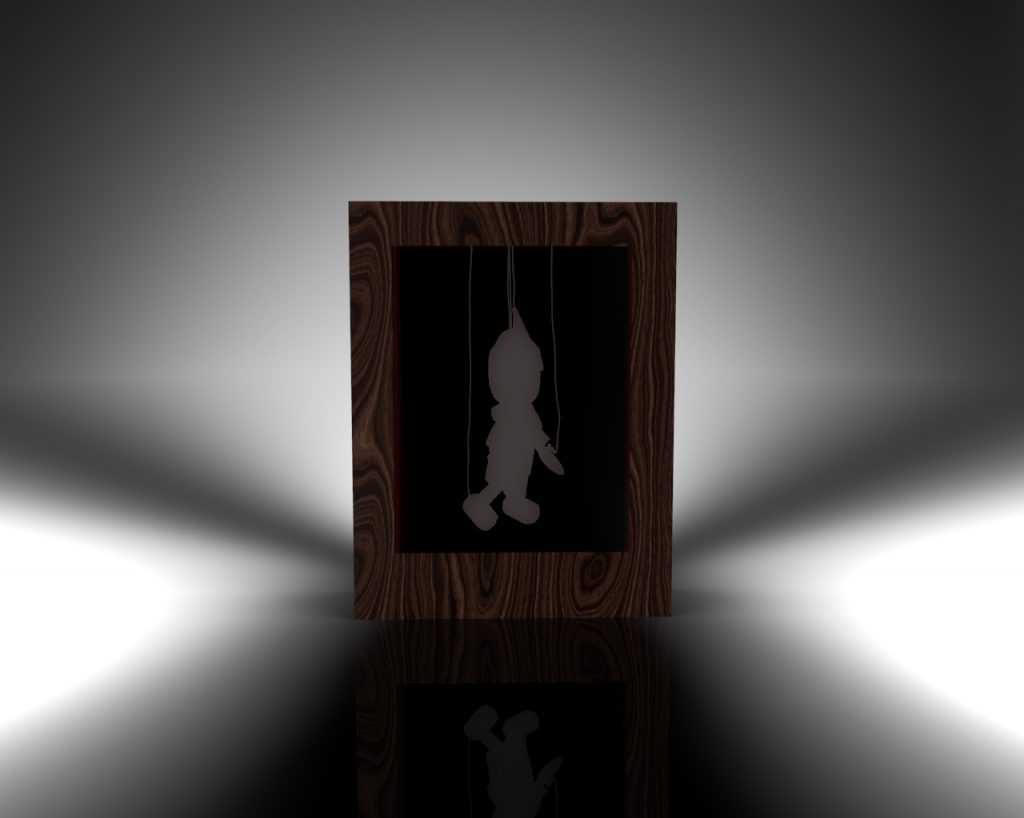
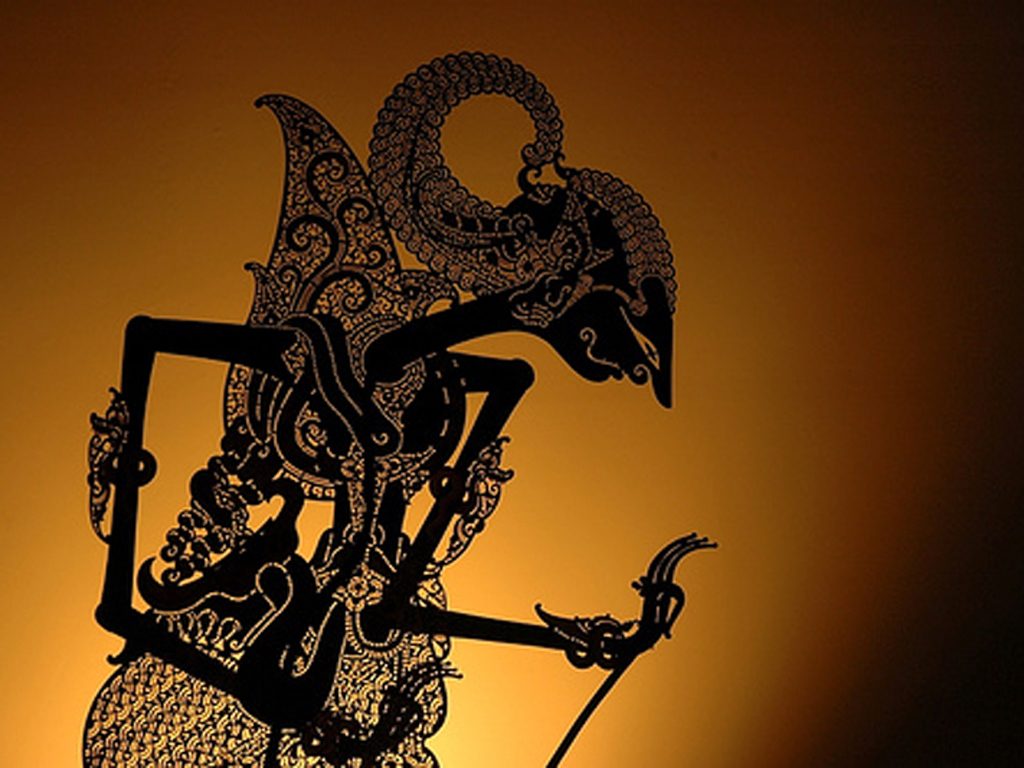 Inspired by the art performace of Wayang Kulit. A screen based jukebox that performs while the music is played as a performance in the form of a string puppet.
Inspired by the art performace of Wayang Kulit. A screen based jukebox that performs while the music is played as a performance in the form of a string puppet.